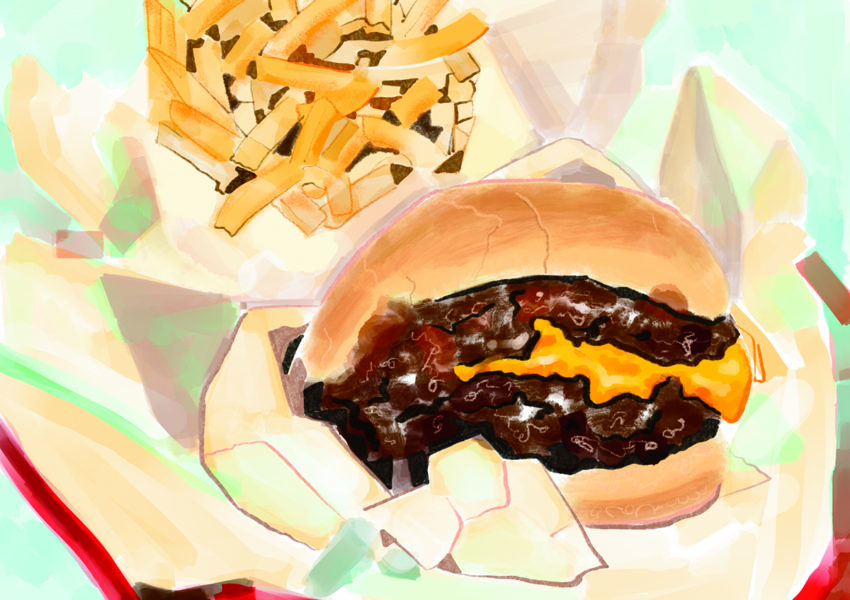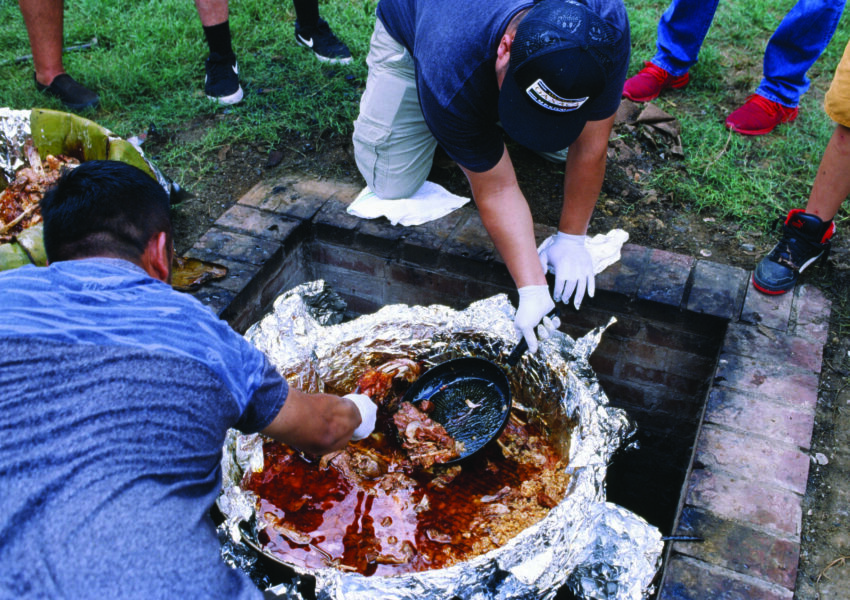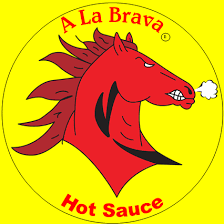The Education of Cynthia and Nelson Forget Paris. Let’s go to Chattanooga.
by Gustavo Arellano
Every year, after my wife Delilah and I return home to California from our annual summer road trip to the South, our friends help us unload our packed Yukon with a tinge of jealousy.
They marvel at the treasures that emerge from my SUV like a reverse game of Tetris. Cases of bourbons and Tennessee whiskeys. Bags of grits and flour from Weisenberger Mills in Midway, Kentucky. Vintage cookbooks from small-town churches and civic groups. Enough cast-iron skillets to melt down and turn into a skyscraper.
We bring stuff for ourselves, yes, but most of our goodies are presents. And after twelve years of vacationing in the South, I’ve learned the most valuable gifts are stories. Not just of our adventures, but also the lessons we’ve learned.
That the South isn’t the antebellum nightmare that Californians read about in high-school history books or watch in Hollywood films. How el Sur has dramatically changed even in the time we’ve summered there. Why two Mexicans feel perfectly at home in a place that’s supposed to be the antithesis of our liberal, multicultural Golden State.
We always invite our friends to join us in the South; most express interest, especially after they see everything we bring back. But they inevitably beg off. Money or time isn’t the issue, because Delilah and I always smirk at the selfies from Paris, the Bahamas, and other tourist hot spots that they post on social media.
The excuse we usually hear from our friends, almost exclusively people of color or progressive whites, is that the South is too “foreign” for them. That they wouldn’t feel comfortable.
The South isn’t the antebellum nightmare that Californians read about in high-school history books or watch in Hollywood films.
To them, I present Cynthia and Nelson. This year, Delilah and I took them on a weekend trip to Chattanooga, Tennessee, and surrounding small towns.
The husband-and-wife Latinx couple had a general appreciation for Southern cuisine, or at least how it manifests on the West Coast—mostly hot chicken, mint juleps, and barbecue.
But they had never been to the South.
As we planned our trip, I warned Cynthia and Nelson of the biggest issues they’d encounter. The weather was going to be stiflingly hot and humid. They would see Confederate flags and Donald Trump paraphernalia. Tabasco would be the hot sauce lingua franca, not Tapatío.
And we’d be brown specks in a sea of white.
Selling Cynthia and Nelson on Chattanooga proved simple. We ate well at St. John’s, Alleia, Flying Squirrel, and other restaurants around the city. But they were also fascinated by how a new generation of Southern chefs so warmly embraced Mexican food.
At Public House downtown, the menu advertised a fish taco special and boasted about how they sourced corn tortillas from a local tortillería. Main Street Meats, with its well-stocked charcuterie and cheese cases, served Pelotón de la Muerte, a mezcal brand none of us had ever tasted.

“Mezcal is starting to get big here,” the jovial bartender told us. He made Nelson a strong cocktail made with Pelotón, chile bitters, and Mexican mineral water. I chose the Homegrown: Chattanooga Whiskey, peanuts, and Coke.
Something about the soda tasted familiar. Then I saw the bottle. It was Mexican Coke.
In the city that hosted the world’s first Coca-Cola bottling plant, the Mexican version now reigned.
Cynthia and Nelson enjoyed the food, although they confessed that Delilah’s take on pimento cheese, which she spikes with pickled jalapeños, is better. Most importantly, they loved the sense of community found in Chattanooga’s dining scene. Many of the menus thanked local and regional farms as ingredient sources; servers freely plugged competitors when they found out we were out-of-towners.
“You don’t see that back in Southern California,” said Cynthia, a food writer by trade. “Chefs back home are just too self-centered to even think that.”
Cynthia and Nelson’s Southern education was off to a good start. But the true test came the following day, when we’d travel Highway 127 from Chattanooga to Jamestown and partake in the World’s Longest Yard Sale, the annual mega-flea market.
We wouldn’t be in the big city anymore.

Cynthia and Nelson are used to navigating white spaces in their respective professions (he’s in the financial industry), but not in small towns among working-class folks. After the first stop, they looked a little wary.
“I haven’t been around so many white people for a minute,” Nelson cracked.
But their discomfort quickly dissipated when we stopped near Pikeville, where Delilah and I have befriended many vendors over the years. We introduced them to Cynthia and Nelson, and they welcomed the two. “Let California know we’re not that scary!” one joked. “We’re just Americans like y’all!”
There were more people of color this year than I’ve ever seen during the World’s Longest Yard Sale—not many, but still. We even heard Latinx families openly speak Spanish with confidence. It was a rejoinder of sorts to viral videos from recent years in which white Southerners can be seen berating Latinos for speaking Spanish.
“Everyone is so polite, so nice,” Cynthia said as we drove back to our hotel. “Is this South the real one?”
“It’s the South we know,” I replied.
The South Delilah and I love.
On the flight back home, Cynthia and Nelson were already making plans to return next year. We want to visit Louisville and trek Kentucky’s Bourbon Trail. Maybe we’ll hit Dollywood, too.
A Latinx couple from Southern California hyping the South to another Latinx couple from Southern California—that’s proof our country is changing for the better, right?
It’s a rosy view, for sure. I won’t claim to know firsthand the struggles that my Latinx friends who live in the region deal with on a regular basis.
But I also know that my takeaways from the region—its food, people, ever-evolving sense of self—are lessons all Americans should learn and experience. Those of us who know this side of the South never stop promoting those virtues.
And with Cynthia and Nelson, y’all got two more acolytes.
Gustavo Arellano is Gravy’s columnist and a features reporter for the Los Angeles Times.




